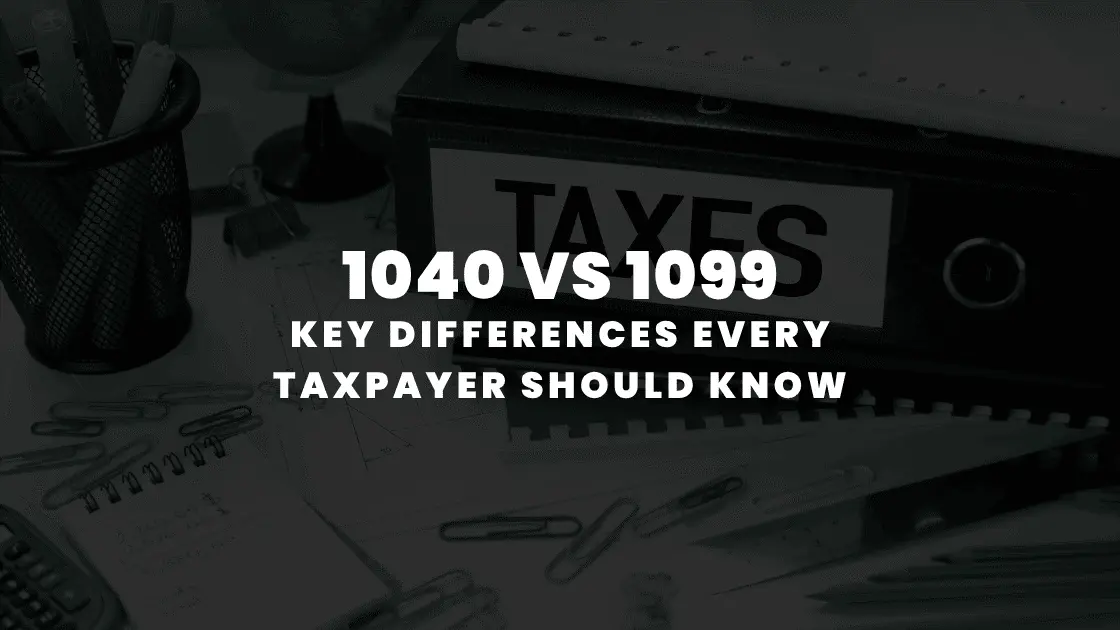April 5 2023 | By Wajiha Danish | 6 minutes Read

Federal and state income taxes
Unemployment taxes
How to Calculate Employer Tax Liability?
Step 1: Determine Your Taxable Income
Step 2: Determine Your Tax Bracket
Step 3: Calculate Your Tax Liability
Step 4: Factor in Tax Credits and Withholdings
How to reduce employer tax liability?
Hire independent contractors instead of employees
Offer a qualified retirement plan
Take advantage of tax credits
Provide employee benefits
Keep accurate records
Conclusion
Employer tax liability refers to the legal responsibility of an employer to pay various taxes on behalf of their employees to the government. These taxes are generally calculated as a percentage of the employee’s salary or wages and are deducted from their paychecks before the funds are disbursed to the employees.
The primary types of employer taxes include federal and state income taxes, Social Security and Medicare taxes, and state and federal unemployment taxes. Each of these taxes serves a different purpose, and employers must withhold and remit these taxes to the appropriate government agency on behalf of their employees.
These taxes are typically withheld from an employee’s paycheck based on the employee’s W-4 form, which outlines the employee’s tax withholding preferences. Social Security and Medicare taxes, also known as FICA taxes, are withheld from the employee’s paycheck and used to fund Social Security and Medicare benefits for retirees and disabled individuals.
Employers have a legal obligation to pay unemployment taxes on behalf of their ex-employees who are still jobless. The amount of unemployment taxes an employer must pay may vary based on factors such as the employer’s industry, the size of their workforce, and the number of claims filed by former employees.
In addition to these taxes, employers may also be required to pay state and local taxes, such as sales or property taxes, depending on the nature of their business and location. Failing to withhold and remit these taxes properly can result in serious consequences for employers, including fines, penalties, and legal action. Therefore, it is essential for employers to accurately calculate and remit all required taxes on behalf of their employees to avoid any potential legal or financial issues.
Calculating employer tax liability may seem to be challenging, but it is an important part of managing your finances. Employer tax liability is the tax you owe to the government based on income, deductions, and credits. This blog will discuss the steps to calculate employer tax liability, including examples to help you understand the process.
Taxable income is the amount of income that is subject to taxation. To calculate taxable income, start with your gross income, which is the total income you earned from all sources, including wages, salaries, tips, interest, dividends, and rental income. Then, subtract any deductions and exemptions that you are eligible for. The resulting amount is your taxable income.
For example, let’s say you earned $50,000 in wages and $2,000 in interest income for a total gross income of $52,000. You are eligible for a standard deduction of $12,550 and a personal exemption of $4,300. Your taxable income would be calculated as follows:
$52,000 (gross income) – $12,550 (standard deduction) – $4,300 (personal exemption) = $35,150 (taxable income)
Once you have determined your taxable income, you must determine your tax bracket. Tax brackets are the ranges of income that are subject to a specific tax rate. The tax rates vary depending on your filing status (single, married filing jointly, married filing separately, or head of household) and your taxable income.
For example, let’s say you are single, and your taxable income is $35,150. Based on the 2021 tax brackets, your tax rate would be 12%.
To calculate your tax liability, multiply your taxable income by your tax rate. In addition to federal income tax, you may also be subject to state and local income taxes, which will also need to be considered.
For example, your taxable income is $35,150, and your tax rate is 12%. Your federal income tax liability would be calculated as follows:
$35,150 (taxable income) x 0.12 (tax rate) = $4,218 (federal income tax liability)
If you are also subject to state income tax, you must calculate that separately and add it to your federal income tax liability.
Finally, you must factor in any tax credits and withholdings you are eligible for. Tax credits are deductions that directly reduce the amount of tax you owe, while withholdings are amounts already deducted from your paycheck throughout the year.
For example, if you are eligible for a $1,000 tax credit, you would subtract that amount from your employer tax liability:
$4,218 (federal income tax liability) – $1,000 (tax credit) = $3,218 (final tax liability)
If you had $3,500 withheld from your paycheck throughout the year, that amount would also be subtracted from your final tax liability:
$3,218 (final tax liability) – $3,500 (withholdings) = -$282 (refund)
In this example, you would receive a refund of $282 because you had more money withheld from your paycheck than you owed in taxes.
There are several ways that an employer can reduce their tax liability. Here are some potential options:
Independent contractors are not subject to payroll taxes, which can significantly reduce an employer’s tax liability.
Offering a qualified retirement plan, such as a 401(k), can provide tax deductions for the employer and help attract and retain employees.
Several tax credits are available to employers, such as the Work Opportunity Tax Credit (WOTC), which provides a tax credit for hiring employees from certain targeted groups.
Offering benefits such as health insurance or life insurance can be tax-deductible for the employer.
Maintaining accurate records can help ensure that the employer claims all available deductions and credits.
It’s important to note that while these strategies may help reduce an employer’s tax liability, it’s always advisable to consult with a tax professional to ensure compliance with tax laws and regulations.
Understanding employer tax liability for payroll is crucial for any business owner or human resources professional. Failing to comply with tax laws and regulations can result in costly penalties and legal consequences. By accurately calculating and withholding the appropriate taxes from employees’ paychecks, employers can ensure that they comply with the law while avoiding potential issues. Additionally, staying up-to-date with changes to tax laws and regulations can help employers make informed decisions about their payroll process and ensure that they provide their employees with accurate and timely compensation. With the right knowledge and tools, any business can manage its tax liabilities effectively and efficiently.
Read Also: Tax Season 2023: All The Tax Deadlines You Need To Know
Subscribe for business tips, tax updates, financial fundamentals and more.
MORE BLOGS

Starting a business is exciting, right? There’s innovation, there’s growth potential, and the thrill of building something from scratch. But amid all the planning, entrepreneurs often […]
Learn More →
Starting a business is quite thrilling, until tax season arrives. For founders, understanding the nitty gritty of startup taxation can make a difference between financial efficiency […]
Learn More →
Tax season can be overwhelming, especially when you’re staring at multiple forms with numbers instead of names. Two of the most common, and often misunderstood, are […]
Learn More →